Training to help UK seafood producers follow standard operating procedures for detecting and reporting harmful algal blooms in open coastal waters
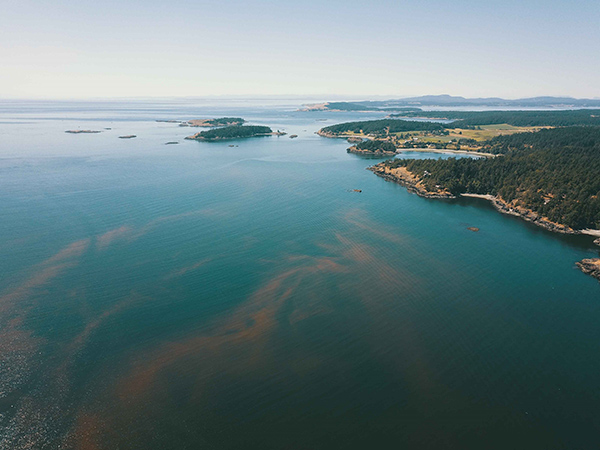
A new training program is being developed to help UK finfish producers mitigate the growing challenges to fish health and welfare presented by harmful algal blooms (HABs) – a phenomenon caused by climate change.
The Sustainable Aquaculture Innovation Centre (SAIC) has been awarded £250,000 (U.S. $300,000) from the Department for Environment, Food & Rural Affairs’ (Defra) UK Seafood Fund: Skills and Training Scheme to create a new skills initiative which will be free-to-access for around 1,800 sector professionals and students.
Developed in collaboration with Lantra, the sector skills council for aquaculture and the Scottish Association for Marine Sciences (SAMS), the program will be boosted by an additional £105,000 (U.S. $126,000) of funding provided by SAIC.
The training aims to ensure all producers across the UK are following standard operating procedures, developed as part of the Farmed Fish Health Framework, for detecting and reporting harmful algal blooms in open coastal waters, leading to more effective monitoring and reporting that can be shared across the entire sector. A better understanding of any patterns will help to inform predictive models and early-warning systems.
“There are lots of useful training opportunities out there for aquaculture professionals but what sets this program apart is the universal nature of the challenge we are trying to address,” said Jillian Couto-Phoenix, head of skills and talent at SAIC. “Unfortunately, HABs are a by-product of a changing climate, and as global sea temperatures continue to rise, it is only going to become more important that fish health and environmental professionals working in the sector have the skills and knowledge they need to monitor and report on incidents as they occur.”
Five online modules for work-based learning will be developed, as well as an in-person section to be completed at SAMS in Oban. The content of the training will be guided by an advisory group including representatives from government agencies, regulators and the sector, including individuals from Salmon Scotland, Mowi, Scottish Sea Farms and the British Trout Association.
“This training program builds on previous work led by SAIC, commissioned by Marine Scotland under the 10-year Farmed Fish Health Framework, to create standardized protocols,” said Couto-Phoenix. “It will help to see greater adoption of these procedures across the sector. The more that we do collectively to track the frequency and patterns of HABs in our waters, the more opportunities we have to mitigate the risks.”
In 2021, the reported cost of the required measures to treat fish and recover from a harmful algal blooms incident was around £6 million (U.S. $7.2 million) for a single site. With the occurrence of blooms closely linked to rising water temperatures and climate change, incidents are increasing in frequency.
Follow the Advocate on Twitter @GSA_Advocate
Now that you've reached the end of the article ...
… please consider supporting GSA’s mission to advance responsible seafood practices through education, advocacy and third-party assurances. The Advocate aims to document the evolution of responsible seafood practices and share the expansive knowledge of our vast network of contributors.
By becoming a Global Seafood Alliance member, you’re ensuring that all of the pre-competitive work we do through member benefits, resources and events can continue. Individual membership costs just $50 a year.
Not a GSA member? Join us.
Author
Tagged With
Related Posts
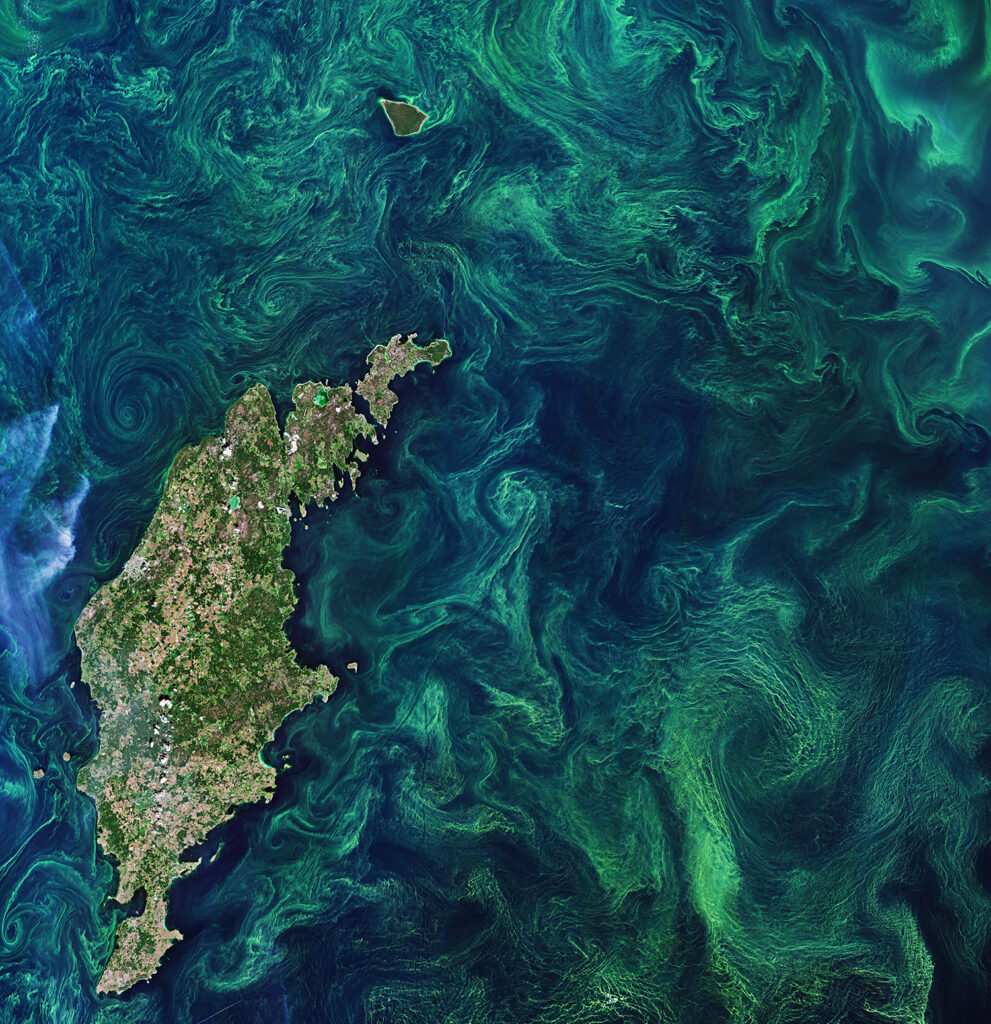
Innovation & Investment
NOAA helps fund the launch of harmful algal bloom control center
NOAA awarded $7.5 million to launch a technology incubator with a mandate to “advance innovative ways to control harmful algal blooms."
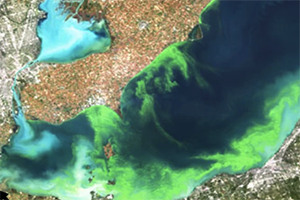
Intelligence
Can machine learning using climatic pattern data help predict harmful algal blooms earlier?
Study shows that a novel machine-learning approach using global climatic patterns can improve seasonal prediction of harmful algal blooms.
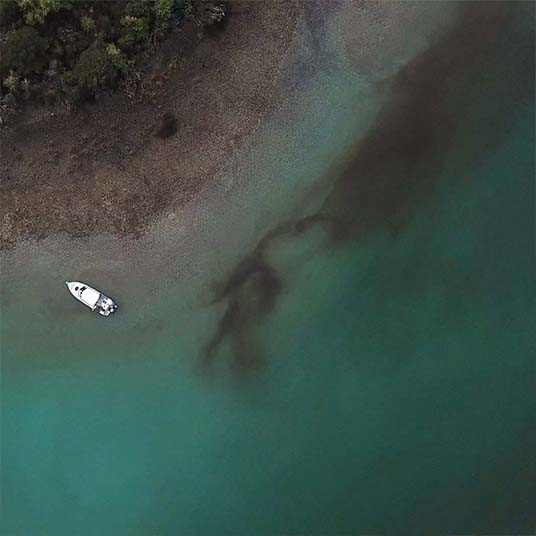
Intelligence
Harmful algal blooms could threaten New Zealand’s shellfish aquaculture productivity
A new study suggests that harmful algal blooms could threaten shellfish health and the growth of New Zealand's aquaculture industry.
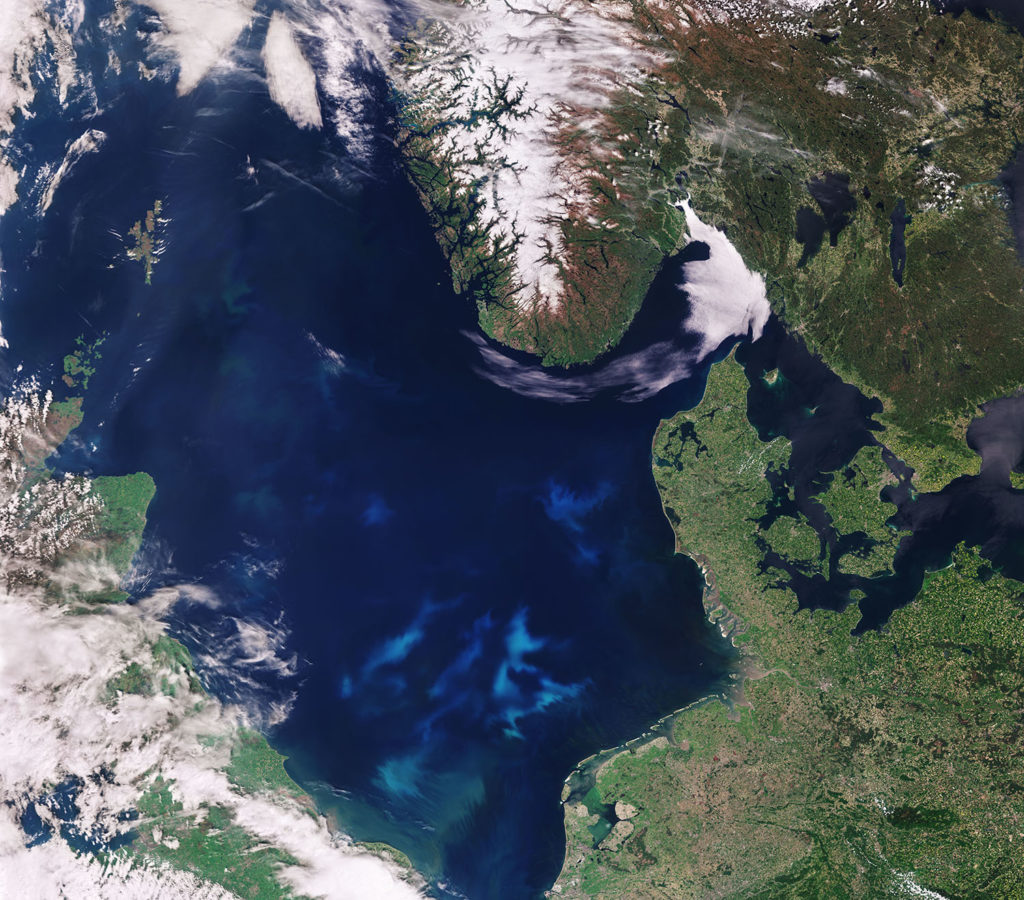
Innovation & Investment
Killers at sea: Harmful algal blooms and their impact on aquaculture
The causes and effects of harmful algal blooms have only been studied recently, as damage to the global aquaculture industry mounts.



